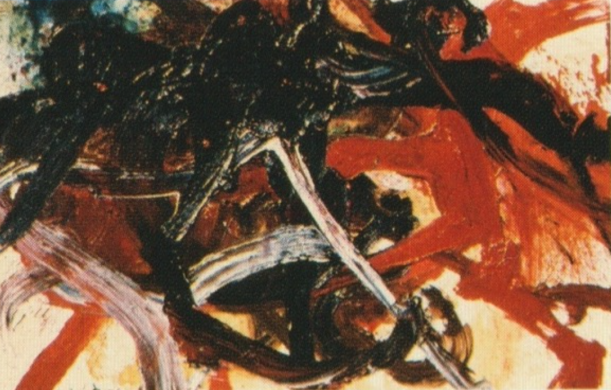天孤星花和尚 Tenkosei Kaosho 1962

天孤星花和尚 Tenkosei Kaosho 1962
序烈13 Order13 魯智深 Lu Zhishen,
全身に刺青のある大力持ちで猪突猛進型の好漢。元官吏だが薬屋の父と娘の不条理な災難を見逃せず肉屋を殺して逃亡の身となる。仏門に身を隠すが大酒飲みで破門される。菜園の番人になるがここでもたちの悪い下人達を屈服させる。武器は62斤の禅杖、直情の和尚は梁山泊の花形好漢。
豚や肉が飛び散る肉屋殺しのシーンは白髪代表作品「赤い液」を連想させる。また、菜園の肥溜に罠を仕掛けたチンピラ達自身が嵌るところは「泥にいどむ」を思い浮かせる。
He is an energetic hero with a tattoo on his whole body.
Although a former official, without overlooking the absurd disaster of the drugstore’s father and daughter, he kills the butcher and became a fugitives.
He hides himself in the Buddhist gate but is excommunicated because he is a heavy drinker.
He became the keeper of the garden, but again, he beat the bad men’s sword.
The weapon is a 62 loaf Zen cane, he is a popular hero in Ryozanpaku.
In the scene of pig and meat spattering and killing, it is reminiscent of the "Red Liquid“(1956), which is the representative work of Shiraga.
In addition, the episode that the thugs who set up traps in the garden's fertilization got addicted to their traps reminds us of "Challenge Mud “(1955).
